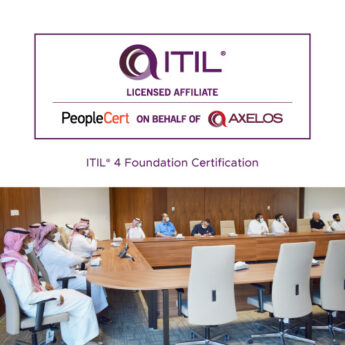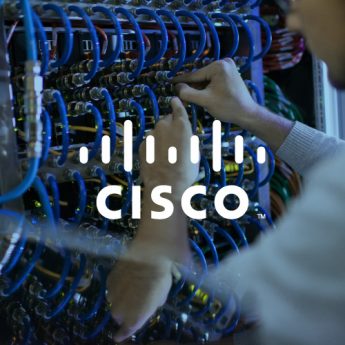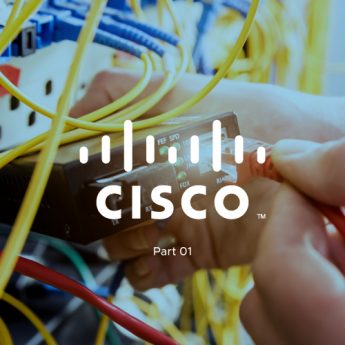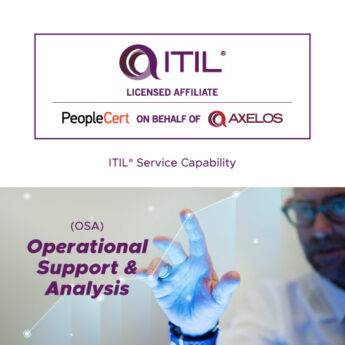– Course Introduction
• Review course goals
• Review course objectives
• Review the course outline
• Find additional resources after this course
– Introduction to VMware Horizon
• Identify the purpose of a virtual desktop infrastructure
• Recognize the features and benefits of VMware Horizon
• Identify the major function of each VMware Horizon component
– View Connection Server
• Identify the types of servers associated with VMware Horizon
• Access VMware Horizon
• License VMware Horizon components
• Configure View Connection Server
– VMware Horizon Pools and Desktops
• Outline the process and choices to set up VDI virtual machines:
• Assign virtual CPUs and RAM
• Create Windows 7, Windows 8.x, or Windows 10 virtual machines
• Configure VMware ESXi™ host virtual switches
• Optimize the performance of virtual machines
– Horizon Client Options
• Describe the requirements for a Horizon Client installation
• Explain USB redirection and options
• Describe the power states for desktops
• Define and compare a thin client with a system running Horizon Client
– Creating Automated Pools of Full Virtual Machines
• Recognize how an automated pool operates
• Compare dedicated-assignment and floating-assignment pools
• Outline the steps to create an automated pool
• Examine the entitlement of desktops in automated pools
– Creating and Managing Linked-Clone Desktops
• Describe the VMware linked-clone technology
• Explain why both a parent virtual machine and a snapshot must be used to create linked clones
• Outline the system requirements for View Composer
• Describe the relationship between a persistent disk and the system disk
– Creating and Managing Instant-Clone Pools
• Identify the advantages of instant clones
• Distinguish View Composer clones from instant clones
• Identify the requirements of instant clones
• Outline the steps necessary to set up an automated pool that uses instant clones
• Configure the additional steps that are required for instant clones
– Creating RDS Desktop and Application Pools
• Explain the difference between an RDS desktop pool and an automated pool
• Describe how a user can access a single application by using the RDS application pool
• Describe the relationship between an RDS host, a farm, and an application pool
• Create an RDS desktop pool and an application pool
• Explain how the View Composer linked-clone technology can automate the build-out of RDS server farms
• Describe the load-balancing options for RDS hosts
– Advanced VMware Horizon Features
• Describe the purpose of Horizon Administrator
• Describe the objects that can be configured in the Horizon Configuration pages, such as servers, administrators, and global settings
• Explain how restricted entitlements can be used to control a user’s access to pools
• Compare the authentication and security options that View Connection Server supports
– Managing VMware Horizon Security
• Compare tunnels and direct connections for client access to desktops
• Compare the benefits of using Horizon Security Server or Access Point in the DMZ
• Identify where the tunnel endpoints are in a security server or Access Point implementation
• Identify the tunnel endpoints when the security gateway is not used
• Explain a direct connection
• List the advantages of direct connections
– Profile Management Using User Environment Manager
• Identify the use cases and benefits of using User Environment Manager
• Prepare the infrastructure for User Environment Manager
• Outline the steps that are required to install and configure the User Environment Manager components
• Use User Environment Manager nanagement console and application profiler to manage user personalization and application configurations
– Using App Volumes to Provision and Manage Applications
• Explain how App Volumes works
• Identify the features and benefits of App Volumes
• Identify the interface elements of App Volumes
• Install and configure App Volumes
– Command-Line Tools and Backup Options
• Describe key View Connection Server features that are available as command-line options with the vdmadmin command
• Explain the purpose of kiosk mode for client systems and how it is configured
• Explain why you might want to limit the domains that View Connection Server makes available to end users
• Identify the log locations for each VMware Horizon component
– VMware Horizon Performance and Scalability
• Describe the purpose of a replica connection server
• Compare a replica server to a standard connection server
• Explain how multiple VMware Horizon servers maintain synchronization
• List several best practices for multiserver deployment in a pod
• Describe how a load-balancing capability might improve VMware Horizon performance





